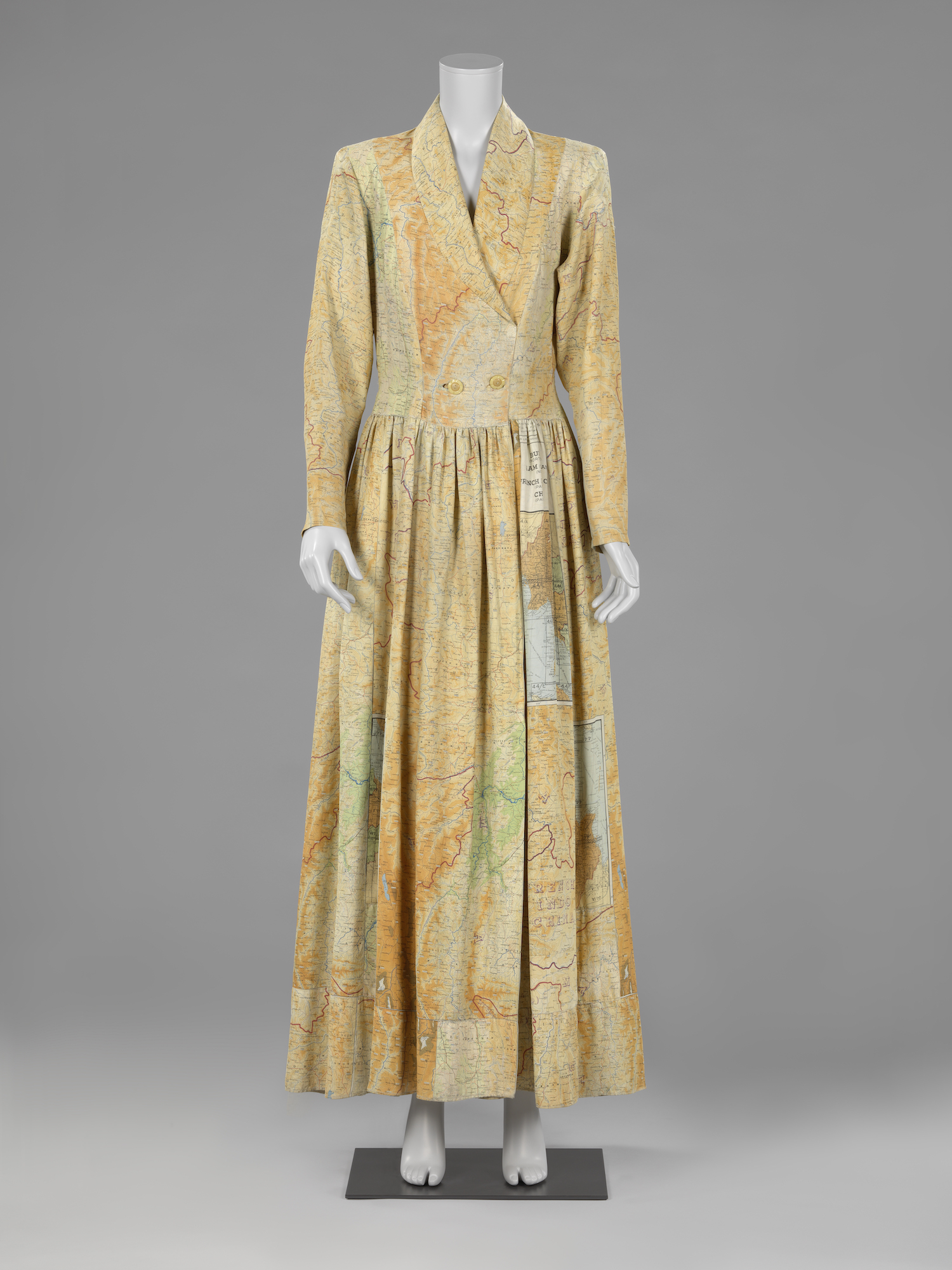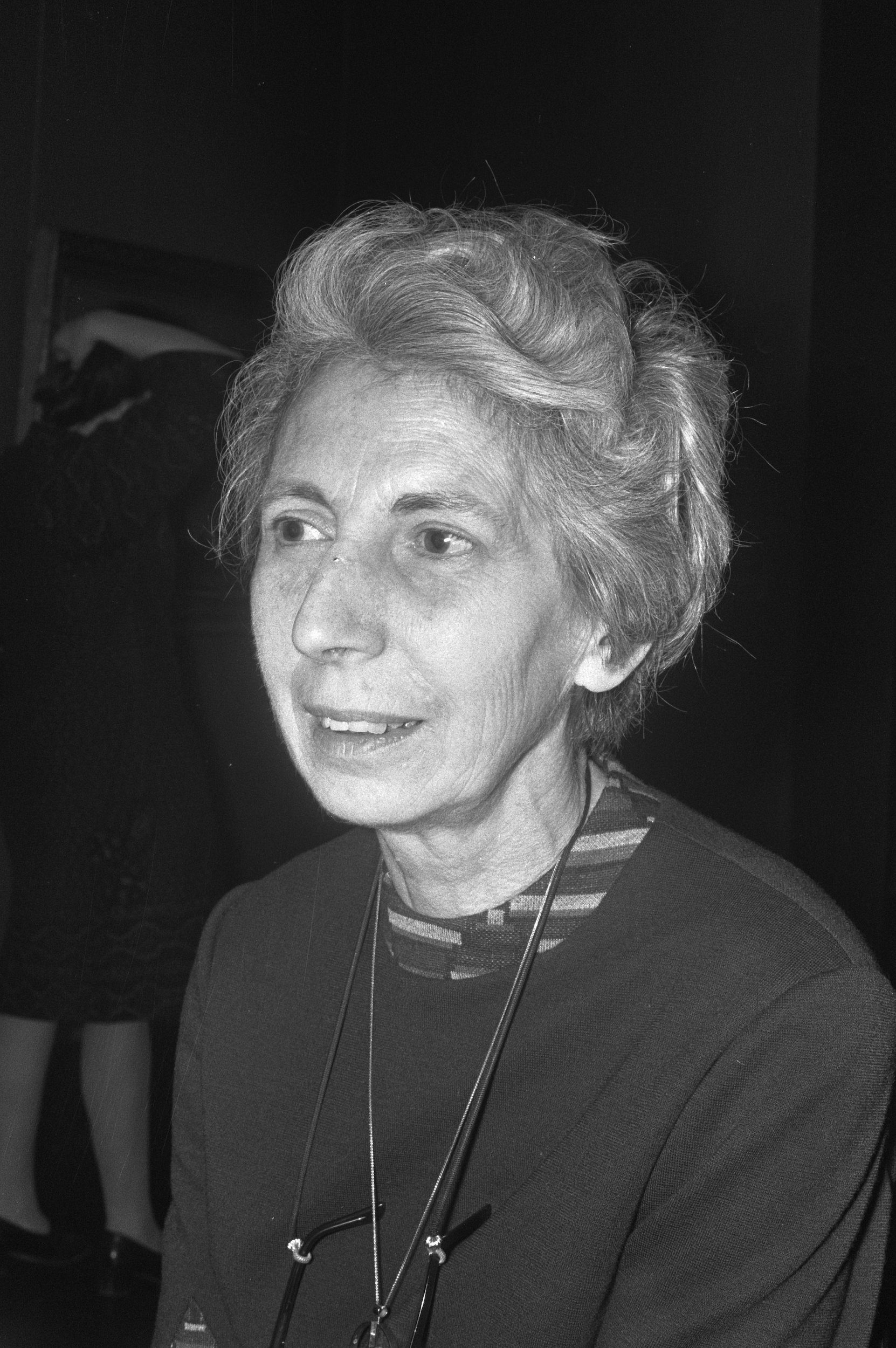Until June 5, 2022, you can visit the Revolusi! Indonesia Independent exhibition at the Rijksmuseum in Amsterdam. It offers an international perspective on the struggle for independence of Indonesia from the Dutch Colonial Empire during the period from 1945 to 1949.
This is a very important exhibition, where the royal museum describes how Indonesia threw off Dutch colonial rule. Today we present a dress of a Dutch migrant who reached the Netherlands from Indonesia in 1946. This significant group consisted of people who had been held in Japanese internment camps. Jeanne van Leur de Loos was one of these repatriates. In order to rebuild her strength after years of internment, and chaotic months in the city where it was increasingly clear she was no longer welcome, she left on 25 January 1946. In her luggage was an item of clothing that bore in a very particular way the traces of her final months in the country where she had spent her life: a house dress made of silk maps.
Such silk (topographic) maps were originally intended to be taken by crews of British Royal Air Force planes on their flights over various countries in Southeast Asia. They were also called escape maps, because they could serve for orientation in the event of a crash landing. The dress was composed of maps of Burma (now Myanmar), French Indo China (now Cambodia, Laos, and Vietnam), Siam (now Thailand), China, and India. The escape maps may have found their way, probably via British soldiers, to one of the many pasar-pasar (markets) in Jakarta.
P.S. Have you heard of another brilliant exhibition at the Rijksmuseum? Read about the groundbreaking Slavery exhibition!


 Jeanne Terwen-de Loos
Jeanne Terwen-de Loos